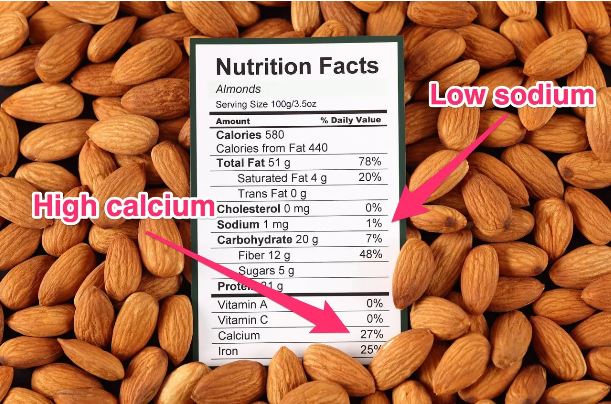The 5/20 rule is the nutrition principle you’ve never heard of but need to know
Diet devotees love rules. Depending on your influencer or fad of choice, you may subscribe to principles like not eating after 8 p.m., avoiding “nightshade” vegetables, or treating yourself to carbs on Sundays only.
And while many health professionals dislike such rules, saying they can cause people to demonize foods and tune out their body’s cues, there’s one rarely discussed rule that nutritionists tend to agree is helpful.
The 5/20 rule is a framework to help grocery shoppers understand which nutrients an item has a lot of and which it has little of.
If a nutrient is noted as meeting 20% or more of your daily value, that’s generally a lot. If a nutrient has a daily value of 5% or less, that’s generally low.
The 5/20 guideline can apply to whatever your nutrient goals are. If you’re looking to boost your protein intake but minimize your sugar intake, for instance, eating something that provides over 20% of your daily value of protein and less than 5% of your daily value of sugar will help support those goals.
“It’s important to pay attention to the numbers on the label that speak to you to help you meet your needs,” Bonnie Taub-Dix, a registered dietitian in New York City and the author of “Read It Before You Eat It: Taking You from Label to Table,” told Insider.
Most Americans need to focus on calcium and vitamin D and limit sugar
Most Americans could benefit from eating foods with high levels of fiber, potassium, calcium, and vitamin D — all nutrients that are starting to show up on the new nutrition labels that companies making over $10 million must implement immediately and smaller ones must roll out by 2021.
Most Americans could also afford to cut back on sugar, something that’s also beginning to be more clearly defined on labels that separate natural sugars, like those in fruits, from added sugars, or the kind that are most threatening to health.
While the 5/20 label is a helpful guideline, Taub-Dix added that it’s important to remember that no single food is meant to provide everything you need. Plus, some other labeling aspects are important to consider — or, in some cases, ignore.
Many people “are attracted to the magnetic terms used on the front of the label, like ‘free from,’ ‘natural,’ and ‘net carbs,'” Taub-Dix said. Those terms aren’t universally defined, though, so it’s best to focus on the back of the package, where your 5/20 label-reading skills can apply.




